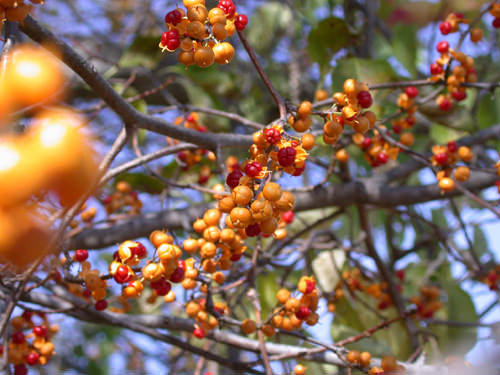Has "sustainable" in landscape and garden design become a buzzword? Is resilient a better term?
Many landscape professionals advertise “sustainable practices” and regenerative design approaches when they build landscapes and gardens. When it comes to actually building these landscapes their approaches are sometimes less than advertised. Is the term “sustainable” becoming a catch-phrase?
Illustration from Randall Munroe, xkcd comics
Is sustainability about “doing less-bad”, is it attempting to slow down environmental degradation, is it creating regenerative sites, restoring ecosystem functions, rebuilding the earth’s natural capital?
If it is a buzzword, does this bring attention to the issue or by misuse/abuse of the term does it become just a selling point? Is the word “sustainability”, the new “organic.” In terms of landscape design, maybe the new word should be planting and building "RESILIENT."
For a collective vision on sustainability, please refer to the Sustainable Sites Initiative.


















